ATVs on farms – yes or no?
The domesticated horse came relatively late in the grand scheme of human history, but is no less important than other animals. Researchers at the University of Exeter in England discovered that humans and horses have worked together for more than 5,000 years.
The study, published in the journal Science in 2009, outlined how the Botai people in the area of modern Kazakhstan used horses mostly for meat and milk. As time passed, horses were incorporated into farming, warfare, communication and transportation.
It wasn’t until the 1970s when the first straddle-ridden all-terrain vehicle, the Honda US90, was introduced to the world. It wasn’t meant for recreational use but was made famous by the 1971 James Bond movie “Diamonds Are Forever.” People have similarly learned to utilize ATVs in different ways, particularly in farming.
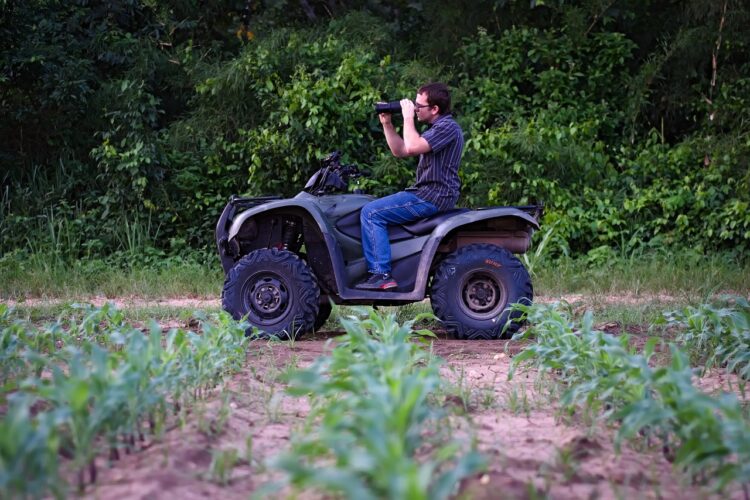
Some farmers still like the bond they develop with horses not only as workers, but also as friends and companions. The decision to replace horses with ATVs on farms is a personal one, and a practical one as well.
Initial Investment
You don’t have to be wealthy to buy a horse or an ATV. The American Horse Council found in 2005 that half of horse owners in the U.S. earned between $25,000 and $75,000 annually. Those earning more than $100,000 represented only 28 percent of all horse owners.
It’s possible to obtain horses for free, but they will likely be very old, have behavioral problems, or have some type of disability. Those serious about using a horse on a farm will pay $2,000 or more for a well-mannered, easy-to-groom horse.
A mechanically-sound, late-model ATV will cost about the same as a horse. Avoid ATVs with rust, as this may be an indication of a deeper mechanical issue. Remove the seat and air filter. Closely inspect the air intake area for dirt, water, or any other debris. These are also signs of deeper issues. The engine should not have a burnt smell and, of course, test drive before buying.
Eat Like A Horse
The minimum annual expenses for owning a horse ranges from $2,500 to $3,600, according to data by the American Association of Equine Practitioners and the Communication Alliance to Network Thoroughbred Ex-Racehorses (CANTER)(4). The costs associated with feeding and veterinary care account for 70 percent of the total.
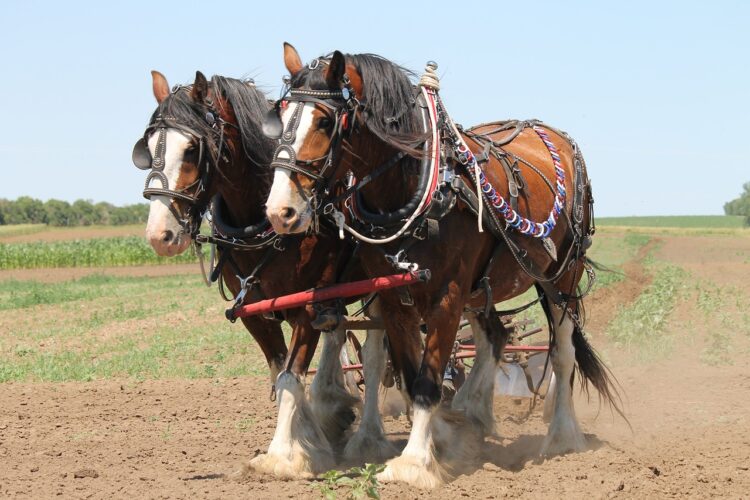
Most ATVs hold about four gallons of gasoline and can get anywhere from 25 to 40 mpg. Of course this all depends on whether you’re hauling, climbing or just transporting yourself. The most important maintenance on an ATV is changing the air filter when necessary and checking/changing oil. Radiator coolant, differential fluids, and tire pressure should be regularly checked and any worn parts should be replaced with OEM ATV parts.
Different Uses
Whether you’re a cattle rancher or corn farmer, ATVs can be used in much the same way as horses, but for less money. Row sowers, planters, cultivators and mowers can all be mounted to most ATV models. Cattle ranchers are somewhat hesitant to use ATVs, as they can sometimes scare the cows and make rounding them up that much more difficult. The speed and maneuverability of ATVs can cut work time significantly, and they are much easier to transport than horses.
Bottom Line
It is up to you to weigh the advantages and disadvantages of ATVs versus horses. The former will save you time and money, while the latter will get the job done and be a friend. The choice is yours.
This article was previously published May 22, 2014, and was updated on September 30, 2023.
Photo Courtesy of Shutterstock/Snowboy.
Did you enjoy this article about ATVs on farms? You will want to check these out next:
Natural Remedies To Relieve Colic In Horses – Natural Horse Care Tips
The Missing Piece to Your Show Horse Team Solving Training Health and Performance Problems
Horse Riding Tips for Parents – Elise Gaston Chand on the Real Dr. Doolittle Show™

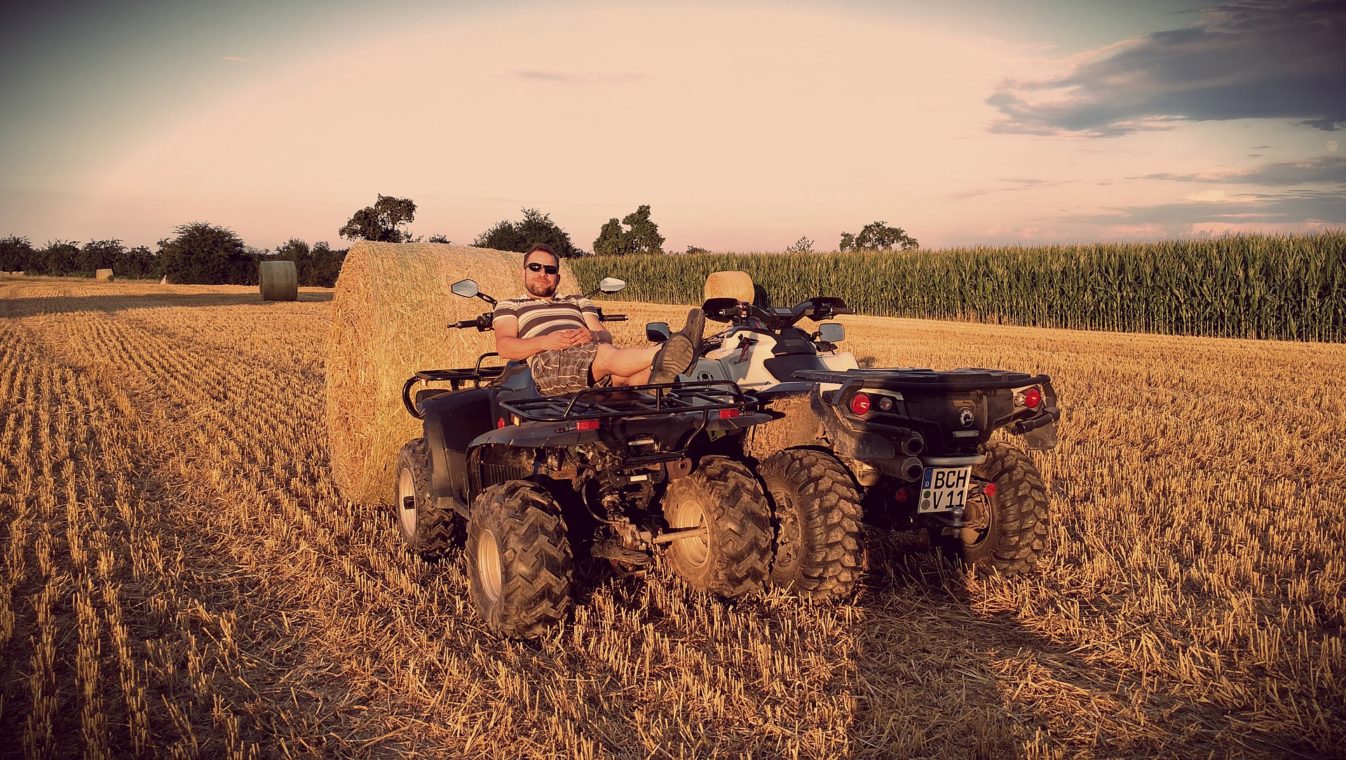
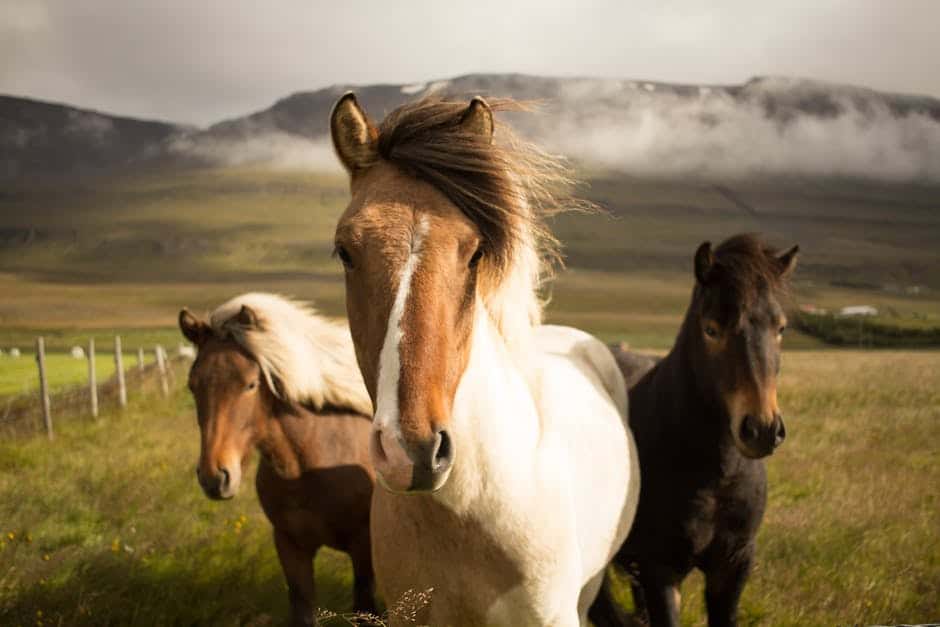
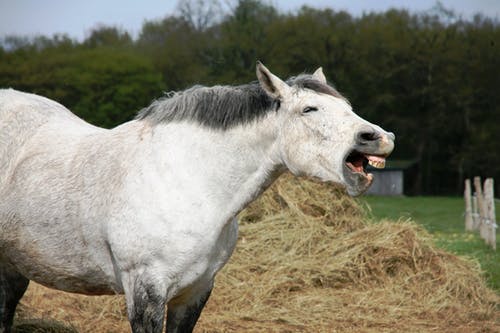


Leave a Reply